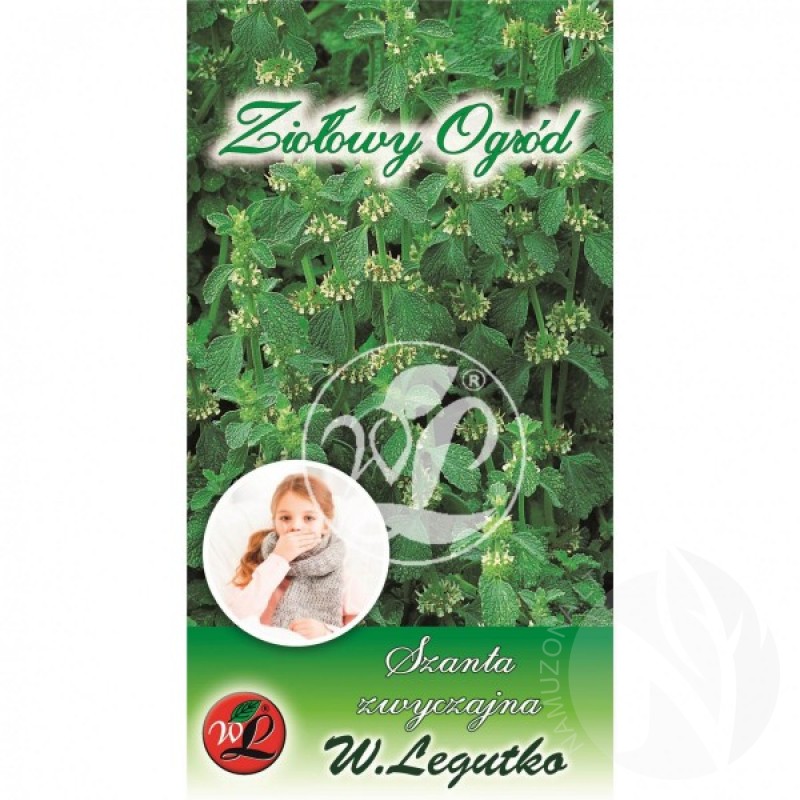



PAY ATTENTION!
All seeds (except SOLD OUT) are available for immediate shipping and will be dispatched within 1-2 business days.
INFORMATION NEEDED? PLEASE CONTACT US NOW!
The plant is bushy, producing numerous annual, quadrangular and branching stems, a foot or more in height, on which the whitish flowers are borne in crowded, axillary, woolly whorls. The leaves are much wrinkled, opposite, petiolate, about 2-3 cm long, covered with white, felted hairs, which give them a woolly appearance. They have a curious, musky smell, which is diminished by drying and lost on keeping. Horehound flowers from June to September.
The Romans esteemed Horehound for its medicinal properties, and its Latin name of Marrubium is said to be derived from Maria urbs, an ancient town of Italy. Other authors derive its name from the Hebrew marrob (a bitter juice), and state that it was one of the bitter herbs which the Jews were ordered to take for the Feast of Passover.
The Egyptian Priests called this plant the 'Seed of Horus,' or the 'Bull's Blood,' and the 'Eye of the Star.' It was a principal ingredient in the negro Caesar's antidote for vegetable poisons.
Gerard recommends it, in addition to its uses in coughs and colds, to 'those that have drunk poyson or have been bitten of serpents,' and it was also administered for 'mad dogge's biting.'
It was once regarded as an anti-magical herb.
According to Columella, Horehound is a serviceable remedy against Cankerworm in trees, and it is stated that if it be put into new milk and set in a place pestered with flies, it will speedily kill them all.
White horehound is an easily grown plant that succeeds in most well-drained soils, though it flourishes best in a poor dry soil. Another report says that the plant flourishes best where there is plenty of nitrogen in the soil. It prefers neutral to alkaline soil conditions and requires a warm sunny position if it is to do well. Often grown in the herb garden and sometimes cultivated commercially as a medicinal herb. If the plant is cut back after flowering it will normally produce a second crop of leaves. The fresh leaves have a pronounced musky smell, though this is lost once the plant is dried.
A good bee plant. White horehound is a good companion plant for growing near tomatoes. The tomatoes crop for a longer period and also produce a heavier crop.
Information source: www.botanical.com
Approximately 100 seeds in 0,1g packet.
Genus - Marrubium
Species - Vulgare
Common name - White Horehound
Pre-Treatment - Not-required
Hardiness zones - 3 - 9
Height - 0,40 m
Spread - 0,30 m
Plant type - Perennial grass/herb
Exposure - Full Sun
Growth rate - Medium
Soil PH - Neutral, alkaline
Soil type - Sandy, loamy, clay, dry, poor
Water requirements - Low, Average
Landscape uses - Cultivated beds, nedicinal herb
Leaf / Flower color - Green / Light Yellow
GERMINATION INSTRUCTIONS
Sow seeds from March to April inside or from August to September in a cold frame.
Germination can be slow and erratic.
Prick out the seedlings into individual pots when they are large enough to handle and plant them out in the following spring.
Atsiliepimų apie šią prekę kol kas nėra.
No questions about this product.









